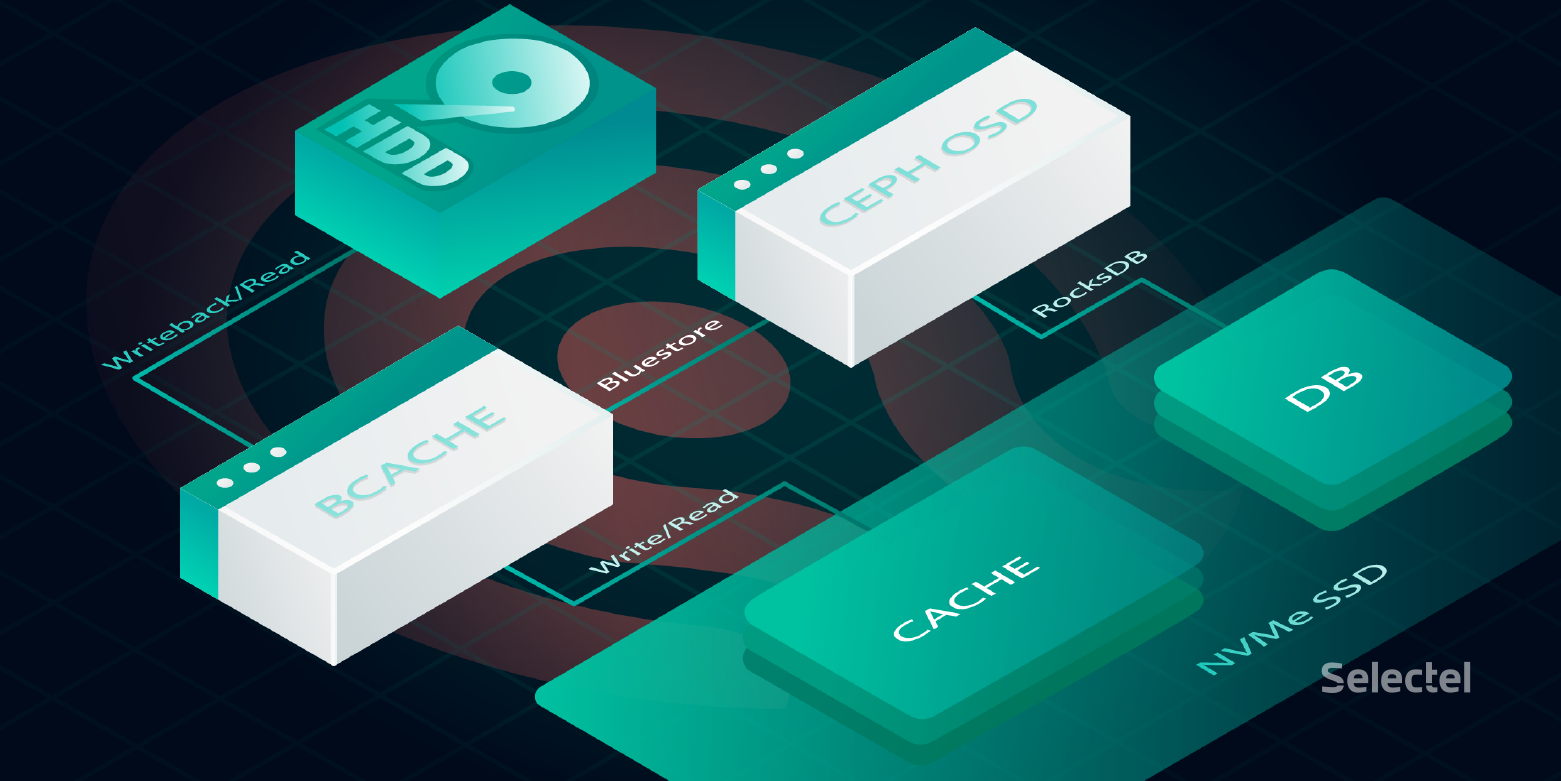
You may have already read in the news that on the eve of Cosmonautics Day, a new stable release of Angie 1.9.0 was released, an nginx fork that continues to be developed by the team of former nginx developers. Approximately every quarter, we try to release new stable versions and delight users with numerous improvements. This release is no exception, but it's one thing to read a dry changelog and quite another to get to know the functionality in more detail, to learn how and in which cases it can be applied.
The list of innovations that we will discuss in more detail:
— Saving shared memory zones with cache index to disk;
— Persistent switching to a backup group of proxied servers;
— 0-RTT in the stream module;
— New busy status for proxied servers in the built-in statistics API;
— Improvements to the ACME module, which allows automatic obtaining of Let's Encrypt TLS certificates and others;
— Caching TLS certificates when using variables.














